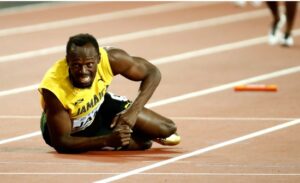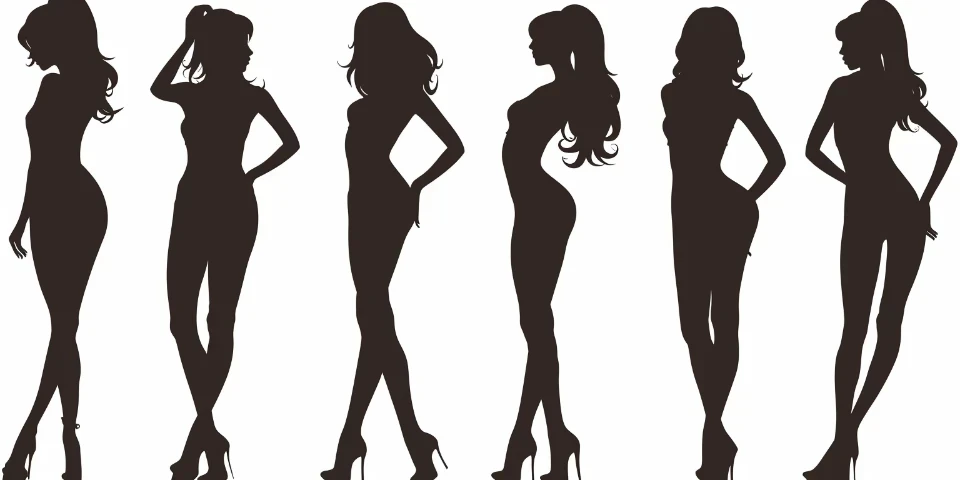The Pros and Cons of Having a Big Butt as a Man
When it comes to body image, much of the conversation revolves around women. However, more men are becoming aware of their physiques, with features like broader shoulders, chiseled abs, and muscular arms typically emphasized as markers of attractiveness. Yet, another part of the male body that’s getting more attention these days is the glutes, or the buttocks. While larger buttocks have been traditionally associated with women, men with big butts face their own set of benefits and challenges. In this article, we’ll explore the pros and cons of having a big butt as a man, from a physical, social, and psychological standpoint.
Pros of Having a Big Butt as a Man
1. Increased Athletic Performance
One of the most significant advantages of having well-developed glutes is improved athletic ability. The glutes are the largest and strongest muscles in the human body, playing a crucial role in many physical activities. Whether you’re sprinting, lifting weights, or playing sports like soccer, football, or basketball, having strong glutes can provide better stability, power, and balance.
For athletes, especially in sports that require explosive lower-body movements, larger glutes contribute to better performance. Sprinters like Usain Bolt rely heavily on their glute muscles for quick bursts of speed. Similarly, weightlifters and bodybuilders train their glutes extensively to enhance their squats, deadlifts, and overall leg strength.

2. Better Posture and Reduced Back Pain
Strong glutes not only contribute to physical performance but also help maintain good posture. The glute muscles support the spine and pelvic area, providing stability to your lower back. Men with strong, larger buttocks often experience fewer issues with lower back pain, as their glutes help absorb the impact of physical activities and reduce strain on the spine.
Improved posture can have other benefits as well, including an increased presence of confidence and even reducing the likelihood of long-term skeletal problems.
3. Attractiveness and Confidence
Although traditionally not emphasized as much for men, having a well-shaped or larger butt can be considered attractive to some people. Just as women with fuller buttocks are admired, men can also benefit from the social and romantic appeal of a well-developed backside. In some cases, having a bigger butt might be seen as a sign of strength, masculinity, and a fit physique.
In a world where body positivity is increasingly relevant for men as well as women, embracing one’s unique physical features, such as a larger butt, can boost confidence. Feeling good about your body can improve self-esteem and even contribute to a more positive self-image.
4. Enhanced Clothing Fit
Certain clothing styles, such as jeans, pants, or shorts, can look particularly good on men with larger buttocks. Well-fitting clothes that accentuate your figure, including a fuller backside, can help you feel more put together and stylish. Fashion trends that emphasize the lower body, such as skinny jeans or tailored slacks, often look better on men with bigger glutes because they fill out the material in a way that’s aesthetically appealing.
Cons of Having a Big Butt as a Man
1. Difficulty Finding Well-Fitting Clothing
While some clothes may look better on men with larger buttocks, one of the biggest drawbacks is finding clothes that fit properly. Many pants, particularly those designed for men, are not tailored with larger glutes in mind. Men with big butts might find themselves struggling to find pants that fit around their waist and hips without being too tight.
This issue can lead to discomfort, the need for custom tailoring, or having to size up in pants, only to find that the waist is too loose. Off-the-rack clothing can be a constant battle for men with larger buttocks, and shopping for clothes might become frustrating.
2. Increased Attention or Teasing
While confidence can be boosted by having a feature that sets you apart, men with larger-than-average buttocks may also face unwanted attention or teasing. Societal expectations often place more emphasis on women’s bodies, so a man with a big butt may be seen as an outlier. People may make comments or jokes about this feature, especially in environments where traditional masculinity is emphasized.
Some men may feel self-conscious about the shape of their body because of these reactions. The teasing could come from peers in social settings, sports teams, or even the workplace, where body shaming may still be prevalent in certain circles.
3. Perceived Lack of Masculinity
In some cultures or social circles, men with a fuller backside might be perceived as less masculine, especially if larger buttocks are traditionally associated with women. This perception can contribute to feelings of insecurity, as societal expectations often dictate that men should have a more angular, muscular physique.
Although body diversity and acceptance are becoming more widespread, some men might still face criticism or discomfort due to outdated beauty ideals that don’t recognize different body types as masculine.
4. Risk of Health Problems
Although strong glutes can support physical health, having a disproportionally large butt due to excess fat rather than muscle could contribute to health risks. Just like carrying extra weight around the midsection, carrying excessive fat around the buttocks and hips can lead to strain on the joints and muscles. In extreme cases, it might contribute to issues such as joint pain, limited mobility, or metabolic concerns.
Additionally, gaining weight around the hips and buttocks without maintaining overall muscle strength can negatively affect posture, putting extra pressure on the lower back.
Balancing the Pros and Cons: Embracing Body Positivity
In the end, the key to embracing a big butt as a man lies in body positivity and understanding that all body types have their unique strengths. By focusing on the benefits, such as enhanced athletic performance and improved posture, men can celebrate the positive aspects of having a larger backside. On the flip side, it’s essential to be mindful of potential challenges, such as difficulties finding clothes that fit and dealing with negative societal perceptions.
The fitness industry is increasingly recognizing the importance of working on all parts of the body, including the glutes, for both men and women. Popular exercises like squats, deadlifts, and lunges are frequently recommended as part of a well-rounded workout regimen. These exercises not only build strength but also shape the body in ways that boost confidence and health.
Conclusion
Having a big butt as a man comes with its own set of pros and cons, influenced by factors like fitness, fashion, and social perception. While the benefits include better athletic performance, posture, and attractiveness, the downsides can include clothing challenges, teasing, and potential insecurities about masculinity.
At the end of the day, the most important thing is to embrace one’s body, focusing on strength, health, and confidence. Every body type is unique, and men with larger buttocks can harness the advantages while navigating the occasional challenges, all while contributing to a broader, more inclusive idea of what male attractiveness looks like.
